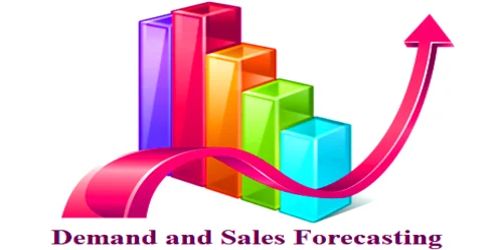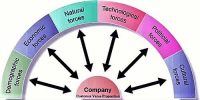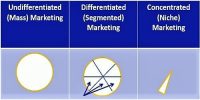Forecasting demand for a product is a form of sales prediction. The forecast is becoming a sign of survival and the language of business. The few products or services that lend themselves to easy forecasting generally enjoy an absolute level or a fairly constant trend, and competition that are either nonexistent (public utilities) or stable (pure oligopolies). In most markets, in contrast, good forecasting is a key factor in success. Simply, estimating the sales proceeds or demand for a product in the future is called as demand forecasting.
(a) SURVEY OF BUYERS’ INTENTIONS
Forecasting is the art of anticipating what buyers are likely to do under a given set of conditions. For major consumer durables such as appliances, research organizations conduct periodic surveys of consumer buying intentions. Under the survey method, the consumers are contacted directly and are asked about their intentions for a product and their future purchase plans. Consumers’ survey method of demand forecasting involves direct interview of the potential consumers
(b) COMPOSITE OF SALES FORCE OPINIONS
When buyer interviewing is impractical, the company may ask its sales representatives to estimate their future sales. Few companies use these estimates without making some adjustments, however. Sales representatives might be pessimistic or optimistic, they might not know how their company’s marketing plans will influence future sales in their territory, and they might deliberately underestimate demand so the company will set a low sales quota. To encourage better estimating, the company could offer incentives or assistance, such as information about marketing plans or past forecasts compared to actual sales.
(c) EXPERT OPINION
Companies can also obtain forecasts from experts, including dealers, distributors, suppliers, marketing consultants, and trade associations. Dealer estimates are subject to the same strengths and weakness as sales, force estimates. Many companies buy economic and industry forecasts from well-known economic-forecasting firms that have more data available and more forecasting expertise.
(d) PAST-SALES ANALYSIS
Firms can develop sales forecasts on the basis of past sales. Time series analysis breaks past time series into four components (trend, cycle, seasonal, and erratic) and projects them into the future. Exponential smoothing projects the next Period’s sales by combining an average of past sales and the most recent sales, giving more weight to the latter. Statistical demand analysis measures the impact of a set of causal factors (such as income, marketing expenditures, and price) on the sales level. Finally, econometric analysis builds sets of equations that describe a system and statistically derives the different parameters that make up the equations statistically. Increasing the accuracy of sales or demand predictions requires large cash expenditures. Statistical methods are a complex set of methods of demand forecasting.
(e) MARKET-TEST METHOD
When buyers don’t plan their purchases carefully, or experts are unavailable or unreliable, a direct-market test can help forecast new-product sales or established product sales in a new distribution channel or territory. This method carries out the studies and experiments on consumer behavior under actual market conditions. This method is often used when the forecasting of demand is to be done for a short period of time.
















